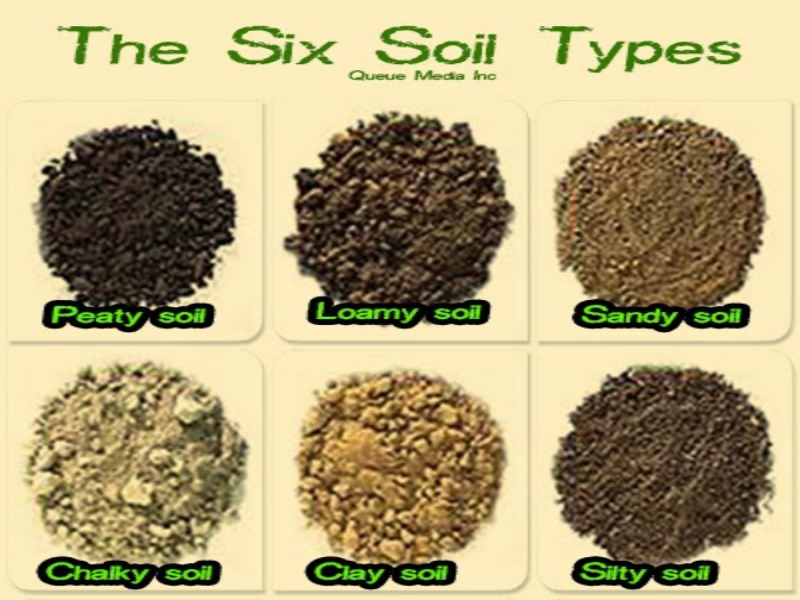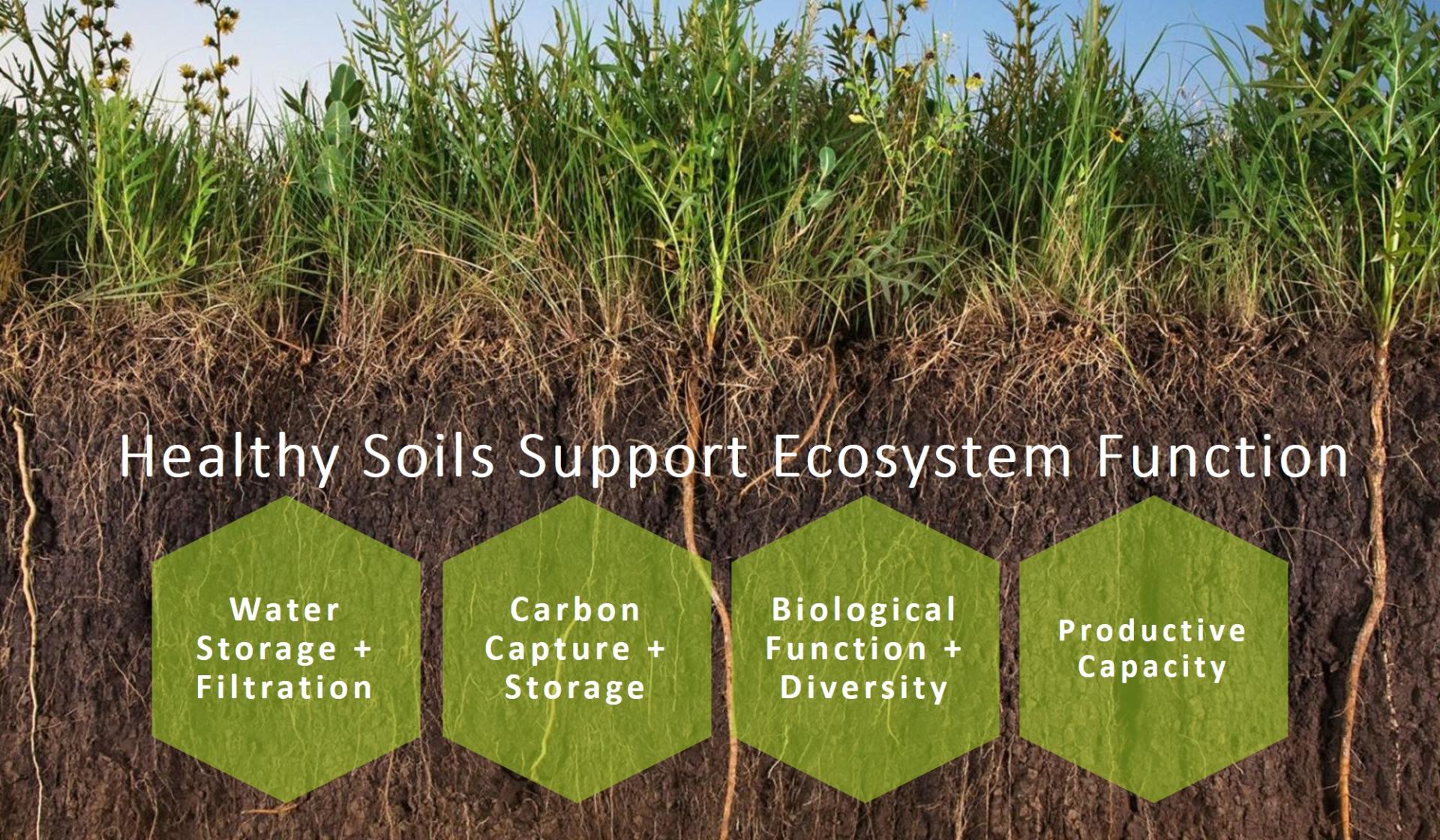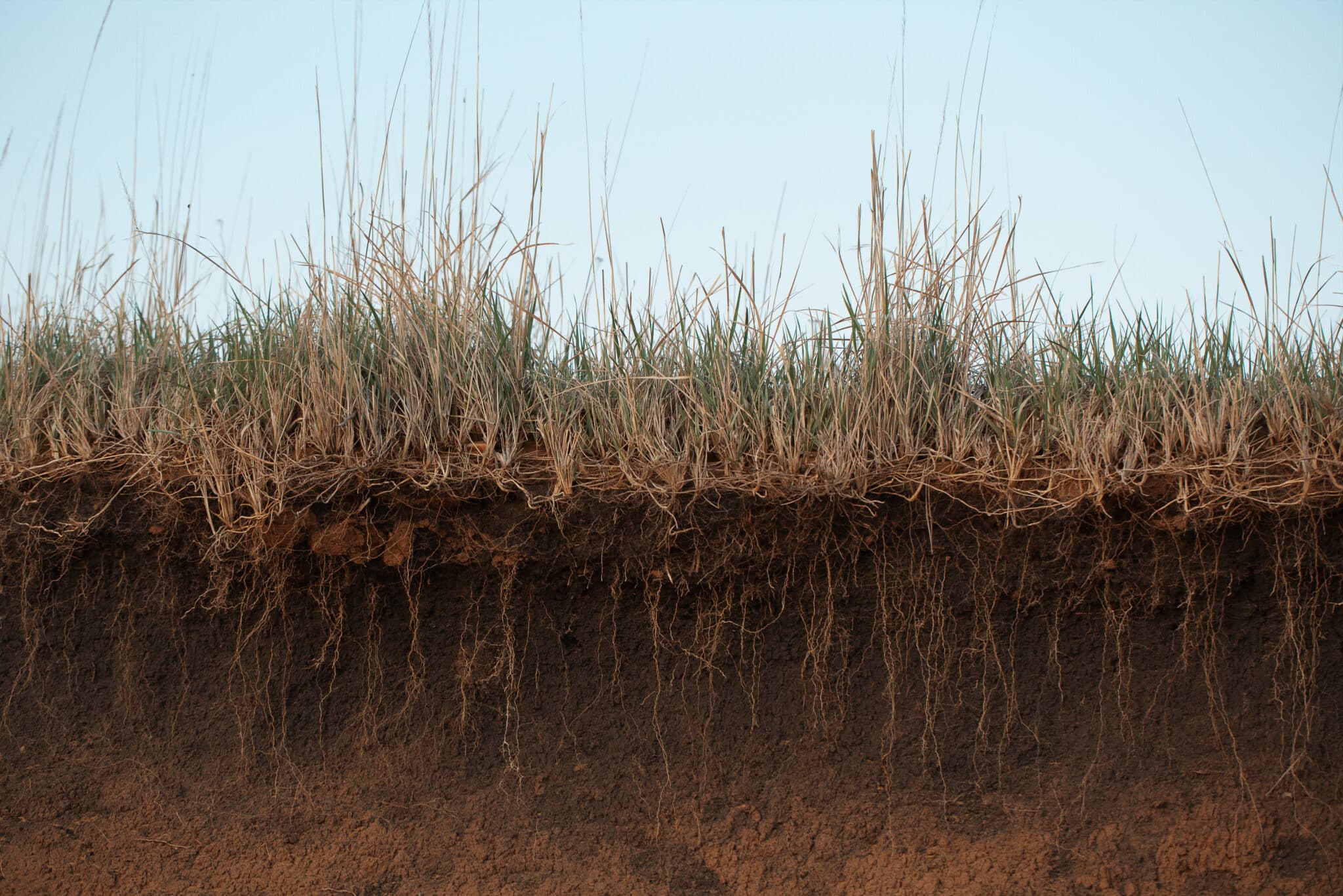When it comes to growing thriving plants, soil is everything. You can provide the right amount of water, light, and care, but if your soil isn’t healthy, your plants will struggle. Understanding what the healthiest soil for plants looks like is key to gardening success. Whether you’re a beginner gardener or an experienced grower, this guide will help you identify the best soil types and explain how to maintain and improve soil health for long-term plant vitality.

What Is Soil and Why Is It Important for Plants?
Soil is much more than just dirt. It’s a complex mixture of minerals, organic matter, air, and water that supports plant life in various ways. Understanding the role of soil helps us appreciate its importance to our plants.
Definition of Soil
Soil is a living ecosystem made up of several key components:
- Minerals: These include particles of sand, silt, and clay. Together, these particles give soil its texture and influence how well it can retain water and nutrients.
- Organic Matter: This includes decayed plants and animal remains, which enrich the soil and provide nutrients.
- Air: Just like humans, plant roots need oxygen. Soil with good structure allows air to circulate freely, ensuring roots get enough oxygen.
- Water: Healthy soil holds the right amount of water for plants to absorb while also allowing excess water to drain away.
Soil’s Role in Plant Growth
The most crucial function of soil is to act as a medium for plant growth. Healthy soil supports plants by:
- Anchoring Roots: Soil provides stability for plants, allowing roots to spread out and anchor securely.
- Providing Nutrients: Soil supplies essential nutrients like nitrogen, phosphorus, and potassium. Without these nutrients, plants cannot grow properly.
- Holding Water: Healthy soil maintains moisture, ensuring plants have a consistent water supply without becoming waterlogged.
- Supporting Microbial Life: Soil is home to countless microorganisms that play a critical role in breaking down organic matter and making nutrients available to plants.
The Importance of Soil Health
Without healthy soil, even the most robust plants can suffer. Plants rely on soil not only for physical support but also for nutrient exchange, moisture retention, and as a habitat for beneficial organisms like earthworms and fungi. Healthy soil leads to:
- Stronger root systems, which allow plants to absorb more nutrients.
- Better resistance to pests and diseases, thanks to a thriving ecosystem of microorganisms.
- Sustainable growth over time, as healthy soil regenerates and remains fertile for future planting seasons.
Understanding these basic components of soil and its critical functions highlights why maintaining healthy soil is essential for any gardener. As we move forward, we’ll explore what makes soil “healthy” and how you can ensure your plants have the best possible environment to thrive.
How to Improve Soil Health for Plants
Even if your garden soil isn’t naturally loamy or rich in nutrients, the good news is that you can improve its health over time. By following a few key practices, you can transform poor or mediocre soil into a thriving environment for your plants.
Adding Organic Matter
One of the simplest and most effective ways to improve soil health is by adding organic matter. Organic matter, such as compost, decomposed leaves, grass clippings, or manure, enriches the soil with nutrients and enhances its structure. Here’s how it helps:
- Improves Nutrient Levels: Organic matter breaks down over time, releasing essential nutrients that plants need to grow, such as nitrogen, phosphorus, and potassium.
- Boosts Water Retention: Adding organic matter helps sandy soils retain moisture better, and it improves drainage in clay soils by creating more pore space.
- Enhances Soil Structure: Organic matter encourages soil aggregation, which improves soil aeration and prevents compaction.
- Supports Microbial Life: Organic matter provides food for beneficial microorganisms, which play a crucial role in nutrient cycling and breaking down plant material.
How to add organic matter:
To improve your soil, add a 2-3 inch layer of compost or organic material to the top of the soil, then mix it into the top 6-8 inches of soil with a shovel or tiller. This should be done at least once or twice a year, ideally in the spring and fall.
Using Cover Crops
Cover crops, also known as green manure, are plants grown specifically to be tilled back into the soil. They help improve soil health by:
- Preventing Soil Erosion: The roots of cover crops hold the soil in place, reducing erosion caused by wind and water.
- Adding Organic Matter: When you till cover crops into the soil, they break down, adding valuable organic matter and nutrients.
- Fixing Nitrogen: Certain cover crops, such as legumes (peas, beans, clover), have the ability to fix nitrogen from the atmosphere into the soil, enriching it with this essential nutrient.
Best cover crops to improve soil:
- Legumes (e.g., clover, alfalfa) add nitrogen to the soil.
- Grasses (e.g., rye, barley) prevent erosion and improve soil structure.
- Mustard and Radish can help break up compacted soil and improve drainage.


